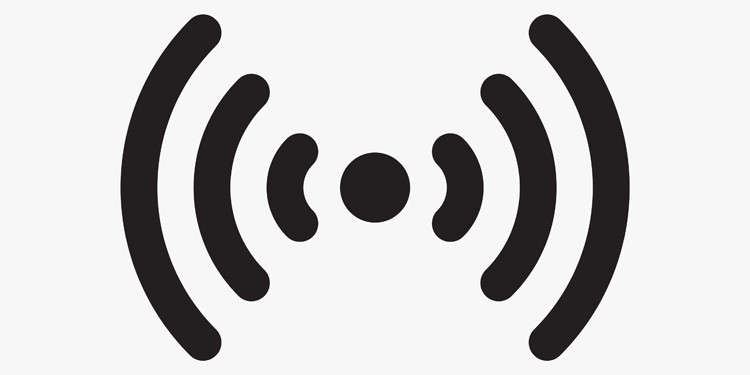All you need to know about DECT
With so many new terms circulating around the telecommunications market, it can be difficult to know where to begin. When choosing an office deskphone, you may have more questions than answers. One of the questions you may be asking is: What´s DECT technology? Do not worry, this article has got you covered. In this article, we discuss what DECT technology is and some of the most important questions surrounding it. Therefore, you can make well-informed decisions when finding the perfect office deskphone.
Your Burning Questions
What does DECT mean?
DECT (Digital Enhanced Cordless Telecommunications) is a wireless communication standard that defines how a device, such as a cordless phone, connects to a base using a certain frequency. DECT technology was initially developed in Europe but is now used worldwide under a small range of different names and frequencies.
How does DECT technology work?
DECT works over radio frequencies exclusive to the technology, normally from 1880-1900 MHz in Europe. It connects a ‘Fixed Part’, most frequently a phone base station, to a ‘Portable Part’ – usually a handset.
What are the benefits of DECT technology?
The wireless nature of DECT handsets provides excellent mobility to move around your workspace.
You can send a much higher quality voice signal with DECT technology. This permits the use of High Definition (HD) voice, which provides a much more accurate and clear sound for the listener.
What is DECT 6.0?
DECT 6.0 is the name given to the US version of DECT. It operates on a slightly higher frequency, from 1920-1930 MHz.
Is DECT technology secure?
Unlike traditional analogue corded phones, which are significantly easier to intercept and listen to, this newer technology is much more secure. Encryption is also available, to provide increased privacy. Frequency-hopping is an option that will allow you to avoid both interferences and to prevent the possibility of eavesdropping by a third-party.
What is GAP technology?
GAP (Generic Access Profile) is an interoperability requirement present in the majority of DECT phones. It allows any GAP-compliant DECT base to be able to function with any GAP-compliant DECT handset, at least to make phone calls.
For more information on DECT, read our article about DECT vs Bluetooth Headsets.
